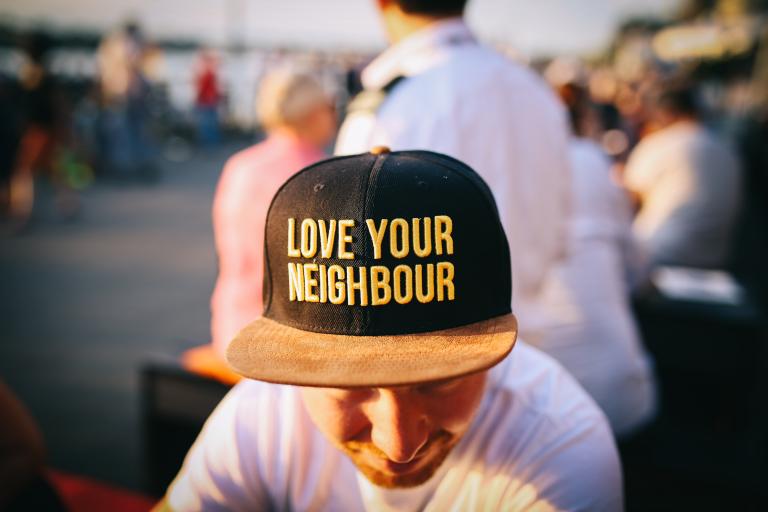Shame is a powerful force in our modern world. It prevents behavior by terrorizing our expectations. It divides people, groups, and organizations. It destroys families.
And the hard thing about shame is that it is not going anywhere. We try to cover it up or hide it. We try to run from it or pretend it isn’t there. Shame comes through our internal assessments as well as external ones. And it is a heavy weight, a burden that can (and does) destroy many well-meaning people and relationships.

How do we navigate shame in our culture? In our communities? In our own minds? Where does shame come from and why have we made such a mess of it?
These are hard questions. But imagine a world where we consider these together, seriously and honestly. It would not be a world devoid of shame, but a world where we can handle it better.
Communicating Value
For as long as humans have existed, they have been using shame as a way to communicate value. Quite simply, we honor and celebrate that which we value. And we shame that which we devalue.
That is the utilitarian use for shame – it communicates culture. It tells us what actions/thoughts/beliefs our communities want to see repeated and which they have no room for in that particular community.
But of course, we take this too far. We have weaponized shame. We have turned it into an indictment of identity rather than a conversation of values.
Action and Identity
In order to have healthy communities, we need diversity. We need challenging ideas and personalities. We need acceptance at all levels.
Shame is a tool we use (both internally and externally) to voice disapproval. But acceptance and approval are not the same thing. Our society has made them increasingly indistinguishable. But the fact of the matter is they are very different.
Shame goes too far when it turns “what you did was not something our community approves of (or yourself as an individual)” into “you are an identity we do not accept”. The former is a way to talk about boundaries and consequences, to learn and live and grow in unity. The other is a hard line condemnation where we turn people into their ideas and behaviors. A human becomes eternally defined by every single action they perform.
Healthy Community
We need to learn to take it easy. I don’t mean a low standard, but a clear one. A standard that allows people to be confused and imperfect, to make mistakes. A culture that is moving toward truth together, no matter how messy the journey becomes.

Too often we take the idea of community and dumb it down to something we can control. We find people who think and believe (and look) exactly like we do and insulate ourselves. And we use shame to try to convince us (and everyone else) that we are justified in our insulation. We contemplate suicide rather than face being different or confused about the values of our self and our community.
Navigating shame is about seeking the truth. Evaluating why we feel the shame we feel and what can be done about it. Above all, navigating shame in our cultures and communities is about forgiveness. Separating the eternal from the temporal, the action from the identity.












